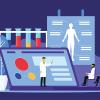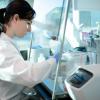This month we ask: “To what extent will the biomedical scientists of the future interact directly with patients?”
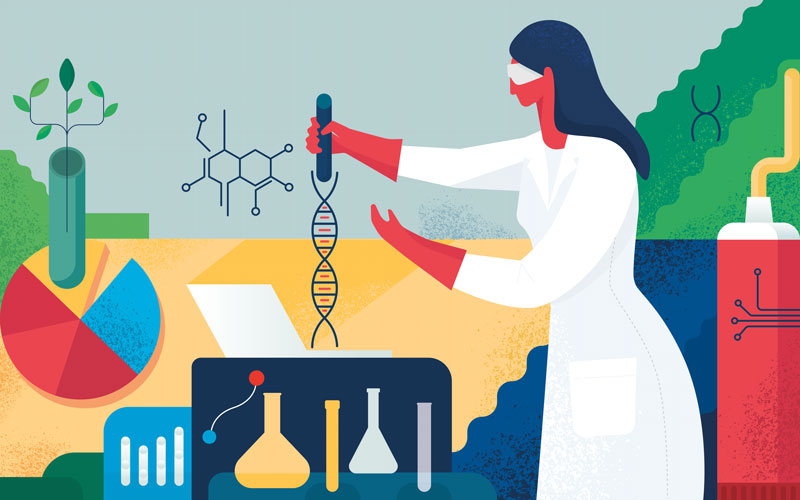
Nicky Hollowood
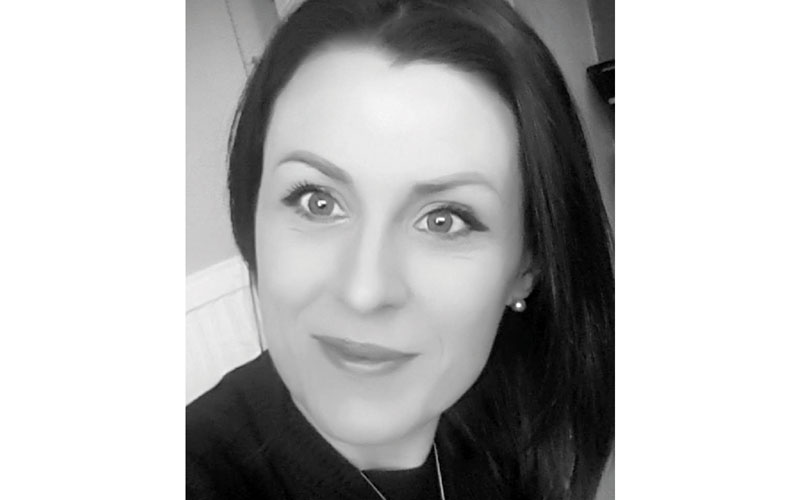
Point-of-care testing (POCT) Manager
Harrogate Hospital (IPS)
There is significant national variation in the extent to which UK pathology staff engage and interact with their patients. Lab Tests Online UK was a fantastic breakthrough project in 2003 that connected pathology directly to the patient. Patients are becoming empowered and are requesting access to their own results and records. From a POCT perspective, the opportunities for patient engagement have developed rapidly in recent years. We have seen rapid testing laboratories in the emergency department, placing lab staff in direct patient contact. There are INR clinics run by the biomedical science profession in hospitals and the community. Projects are being implemented that utilise POCT devices to make diagnostics more accessible for patients outside traditional healthcare settings in community diagnostics centres and virtual wards.
The recent publication of the National strategic guidance for at point of need testing identifies future opportunities for biomedical scientists to engage directly with patients. This is further supported by guidance in the ISO 15189:2022 standards, which outline ways in which we can deliver this care.
The ISO standards apply to all accredited pathology departments, so all biomedical science professionals need to start widening the scope of their influence.
We need to take an innovative approach and deliver this support in a way in which patients would prefer to receive it.
Martin Khechara
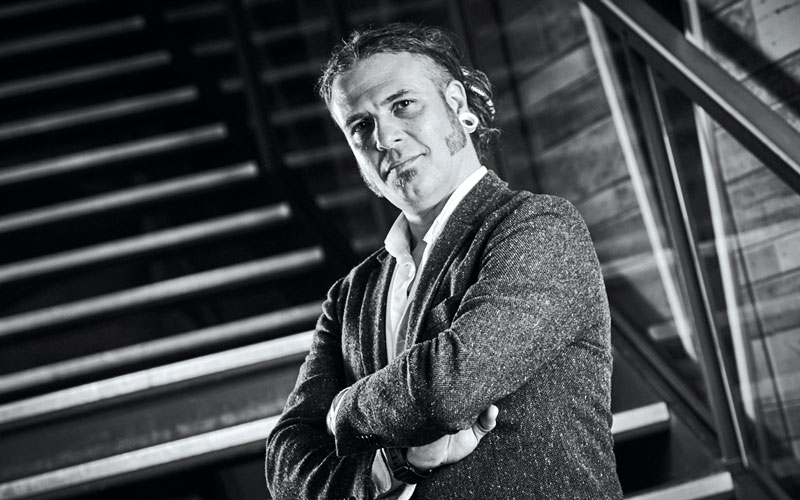
Associate Professor for Engagement in STEM
University of Wolverhampton
The world of the biomedical science practitioner is changing and surely that’s a good thing. With all the progress in ways of working in the lab with samples, with an increasing interest in multi-disciplinary working and more contact with actual patients, are the university teaching programmes keeping up? I’m not sure they are. In any area of medicine or science today, multidisciplinarity is vital. To facilitate the group-working necessary for allied medical professionals to work together, and if more patient contact is going to be required from those who wouldn’t previously have done this, we are going to have to start working on the science communication skills of our students. This will help to prepare them for contact with a new and strange species, yes – the public. This will mean they are able to interact with patients and colleagues in an understandable and socially appropriate way. Fortunately, this is something that has been recognised and communication skills are now incorporated into some biomedical science programmes. It would be valuable for biomedical scientists to interact more with patients, as it would give such a lot for both parties and there is no doubt that it should happen more. However, before this can happen, we need to prepare our biomedical scientists better and give them the skills they need so they can step outside the lab and into a brave new world of public engagement.
Stuart Dawe-Long
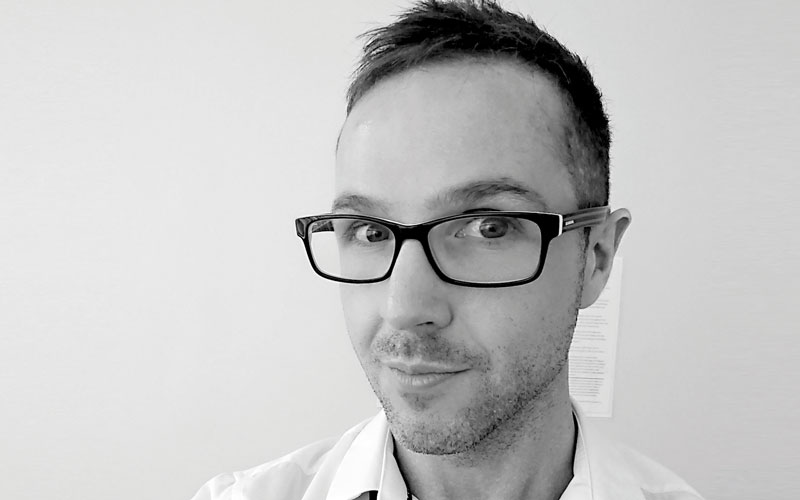
Senior Healthcare Scientist (Andrology Lead)
Manchester University NHS Foundation Trust
Biomedical scientists have for some time been known as “lab staff”. There is little understanding of the vital role biomedical scientists play in healthcare, with several roles involving daily patient interaction. In andrology, many diagnostic services run outpatient clinics where sample collection takes place. This can involve sensitive conversations, signposting and providing advice for all aspects of the process (examination criteria, reporting and next steps).
Biomedical scientists’ scope of practice is not always restricted to the lab and we should remember that training, competency and experience can support expansion of practice. The biggest failure to support this comes from a lack of understanding of what biomedical scientists are and a lack of movement with advancing roles. Andrology clinics have evolved to include some aspects of health review, consenting (using counselling skills) and cryopreservation. Scientists have a unique perspective that crosses boundaries and can support patient pathways directly. If these skills are further utilised and expanded, these pathways would be streamlined and support management decisions. To make full use of NHS services and limited resources, we need to strive for development. This can be achieved using more patient interaction and we can show the world what we have to offer patients and service users. Patient interaction should, and will, rise.
Image credit | iStock


